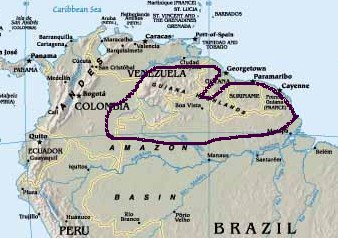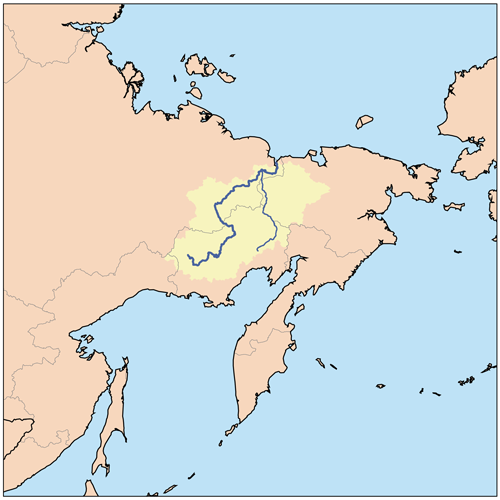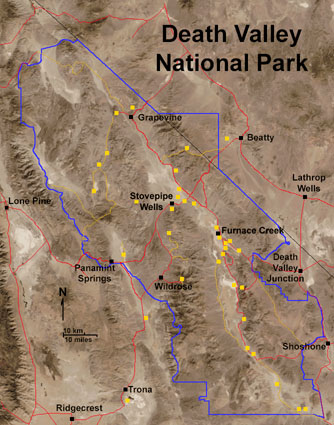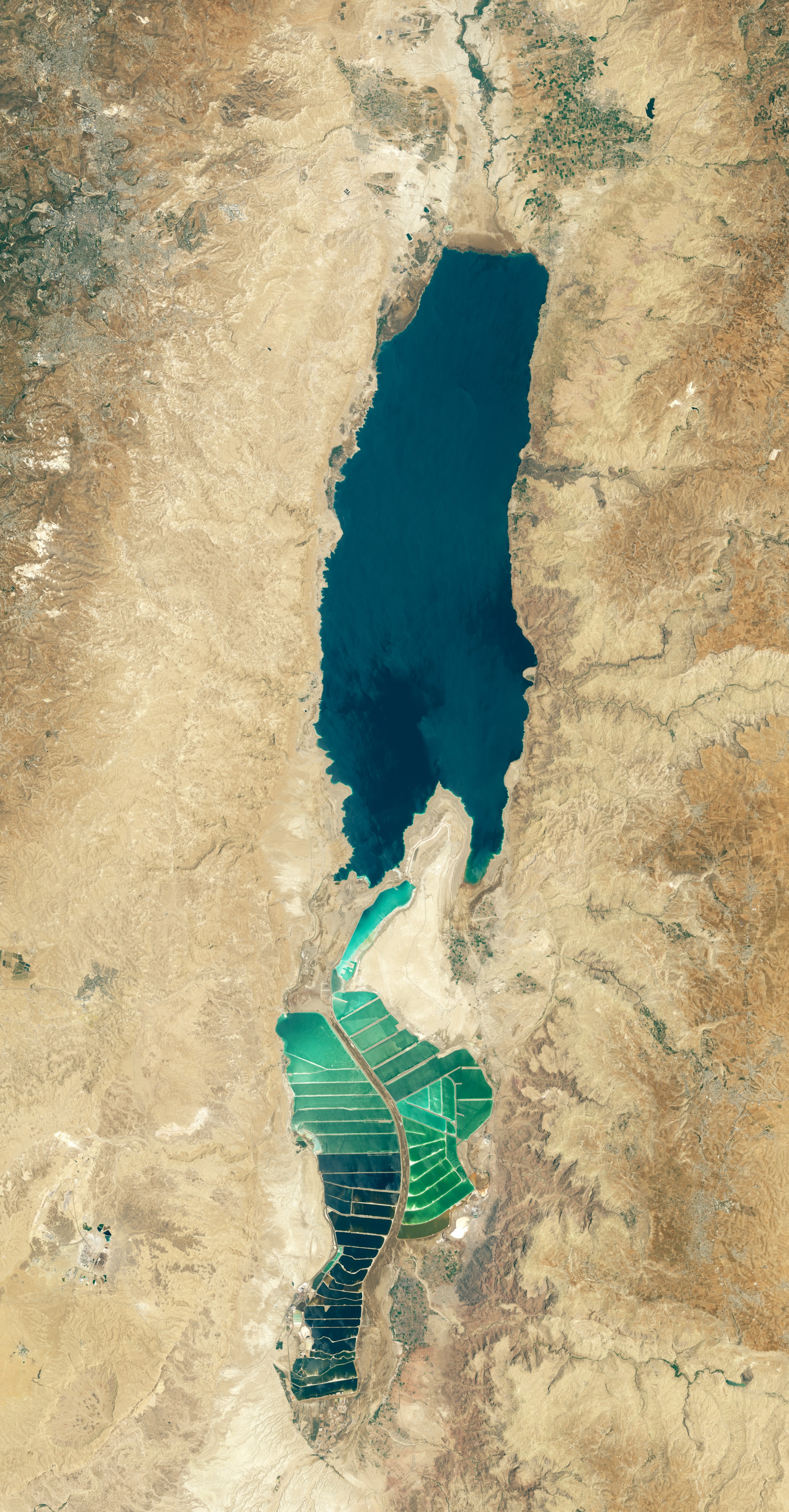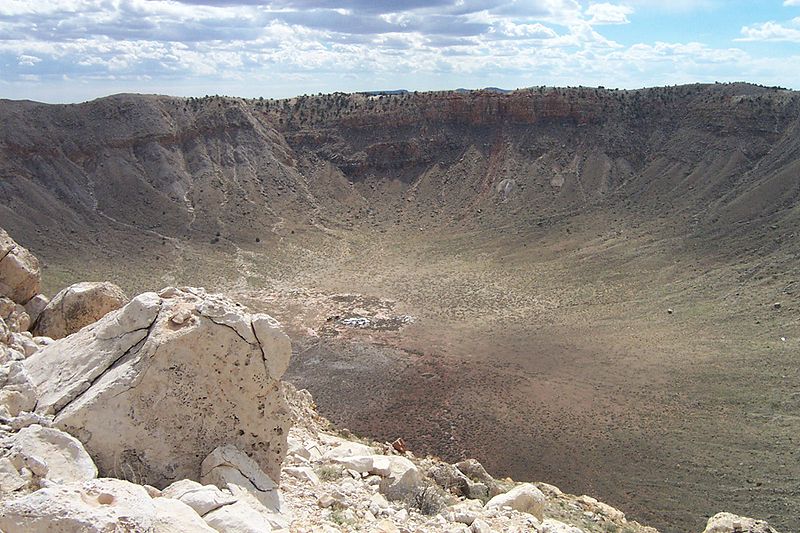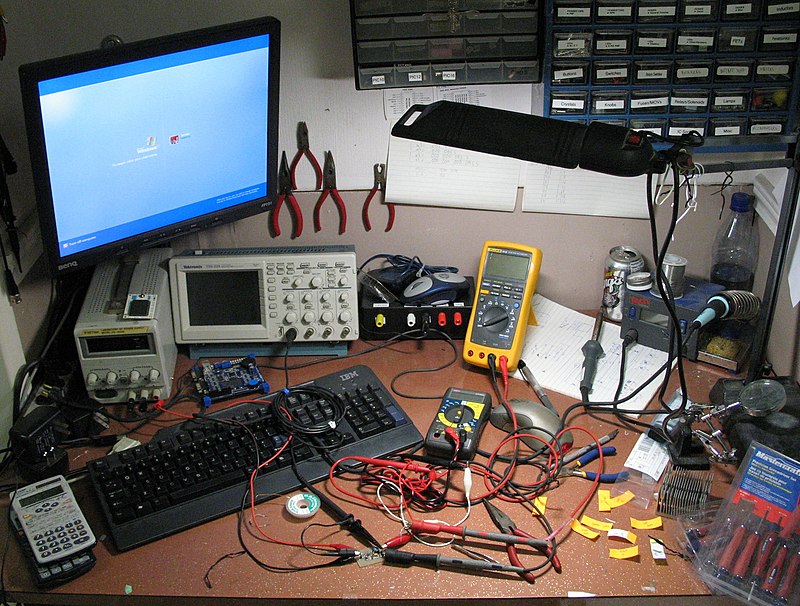 |
| Electronics work bench Photo by James Bastow |
Somebody made the observation that for every eight 250 ton
haul trucks coming up out of a gold mine seven of then are hauling tailings and
the eighth one is hauling gold ore that averages about two grams per tonne. How would you like to find some gold ore that
can run several times this much gold per tonne?
In many cases this is true, and the gold ore exists right on the
surface, and in some cases can average more then 800 times more gold then
conventional gold ore.
Where is this treasure trove of gold and other precious
metals, well you can find it in your own backyard because it is electronic
trash like old cell phones, computers both desktop and laptop and all sorts of
other electronic goodies. Practically all
other electronics trash also contains a whole plethora of other metals ripe for
the picking including gold, silver, palladium, REEs, copper, aluminum and
steel.
What does it take to get into this lucrative business?
It can be done with off-the-shelf components used in the
electroplating industry; in fact all you’ll need is available from a plating
supply store. A basic knowledge of the
electroplating process business also comes in handy. What this process is in reality a form of
electroplating called electropolishing or deplating. The process is like electroplating except you
reverse the electrical charge causing the metal to be plated onto the cathode,
and the metal itself that is being recovered acts as the anode.
Basically the process is just a plating process in reverse,
so any equipment you’ll need can be bought off-the-shelf from a plating supply
house. You’ll need a source of low
voltage DC electricity and some chemical resistant tanks. It is important that you equip yourself with
some heavy duty rubber gloves and a rubber coated apron because you will be
working with some strong acids in the process.
The other thing needed is a separate building for this
process because it sure isn’t anything you’d like to do in your living room!

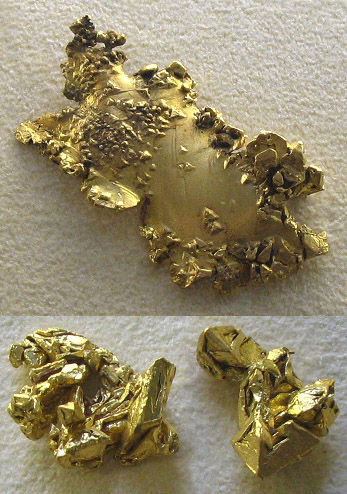

.jpg/800px-Nephrite_writing_set_(Faberge).jpg)

